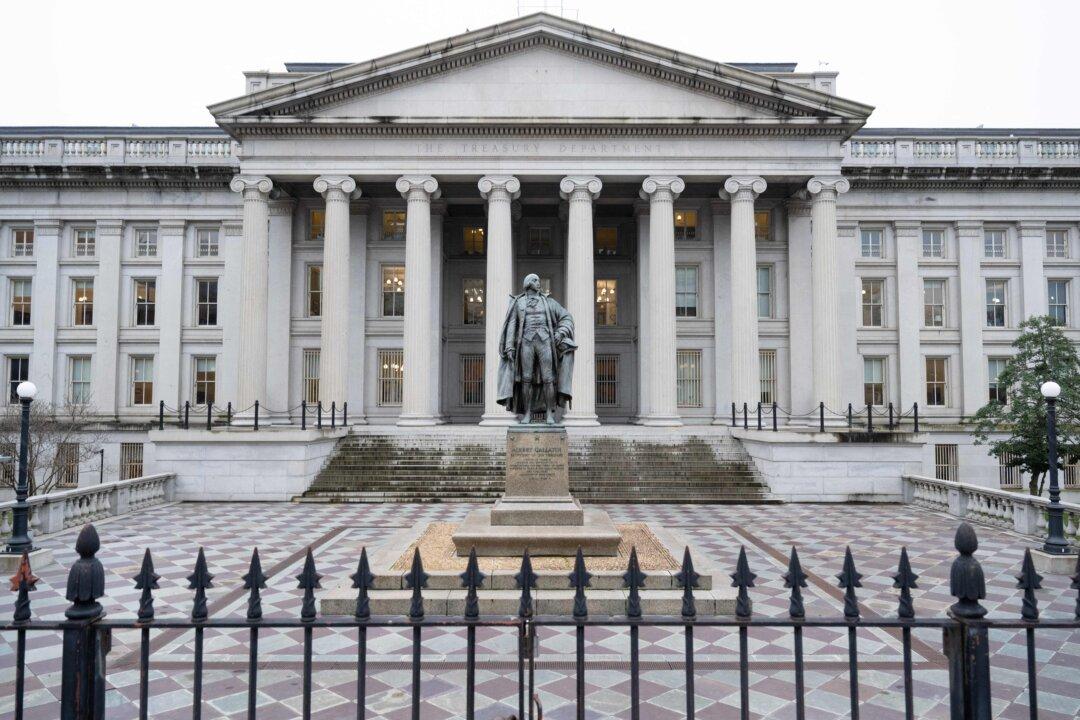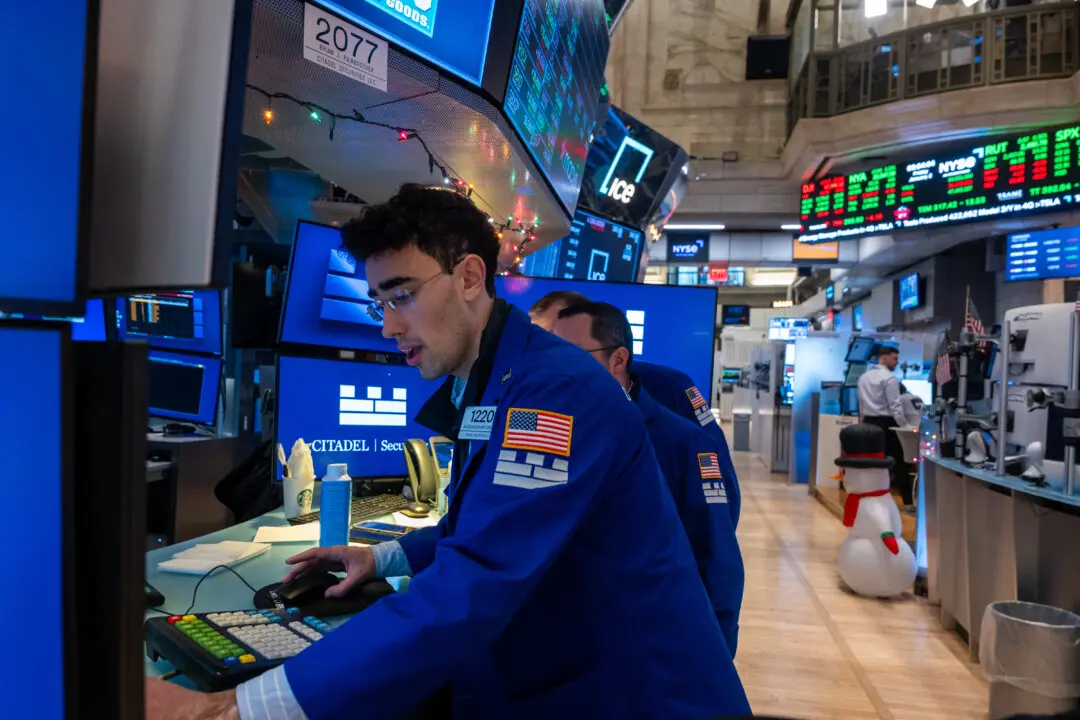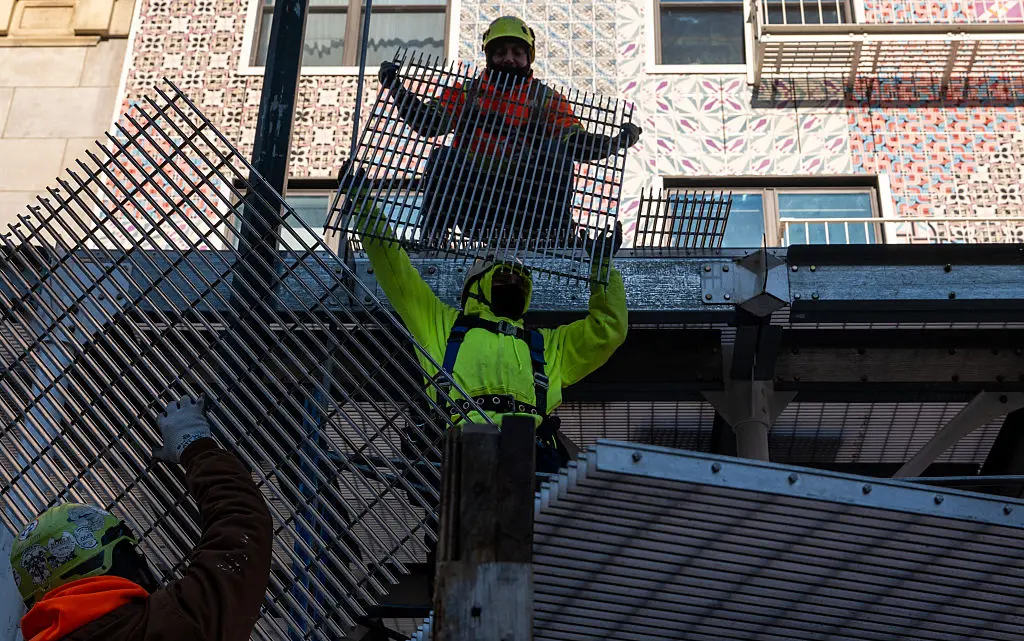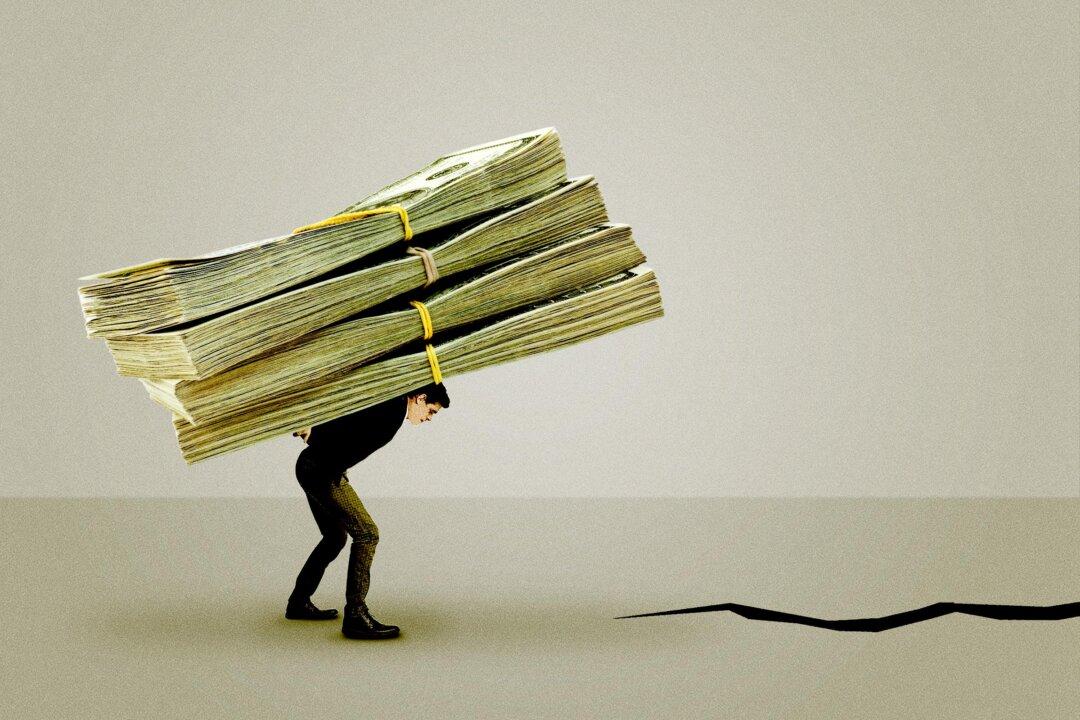Commentary
Banking regulators, along with the board of directors and management of Silicon Valley Bank (SVB), each failed to see or prevent the problems that destroyed in less than a week one of the largest banks in the country. The regulators, whose mandate is explicitly designed to prevent such a disaster, allowed SVB to grow too fast when effective controls were not in place. No chief risk officer was in place for eight months, until January 2023, at which point it was too late.





